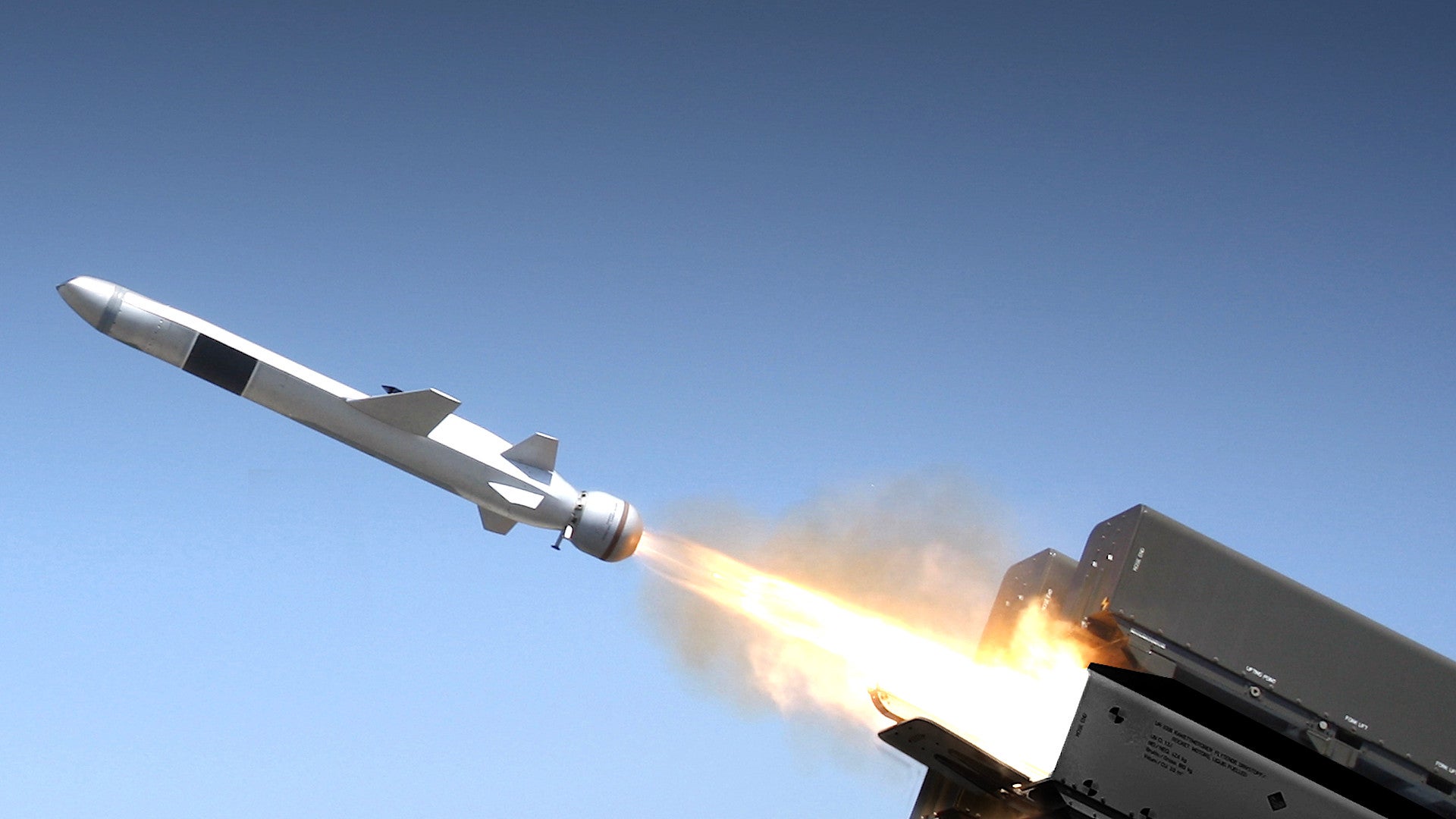The U.S. Marine Corps has confirmed that it test-fired a Naval Strike Missile anti-ship cruise missile from a new launcher based on the 4×4 Joint Light Tactical Vehicle truck last year. Mobile ground-based launchers loaded with anti-ship and other longer-range missiles are key components of the service’s current plans for conducting distributed operations in the future.
The Marine Corps told Naval News that the test had taken place in November 2020. The most recent annual report from the Pentagon’s Office of the Director of Operational Test and Evaluation, or DOT&E, said that the plan had been to conduct the first launch of a Naval Strike Missile (NSM) from this new Joint Light Tactical Vehicle (JLTV) based system in June of that year, but that this had been pushed back after the discovery of a software issue. However, that report only covered test and evaluation activities through September 2020, so it was initially unclear if the Marines had kept to their new schedule.
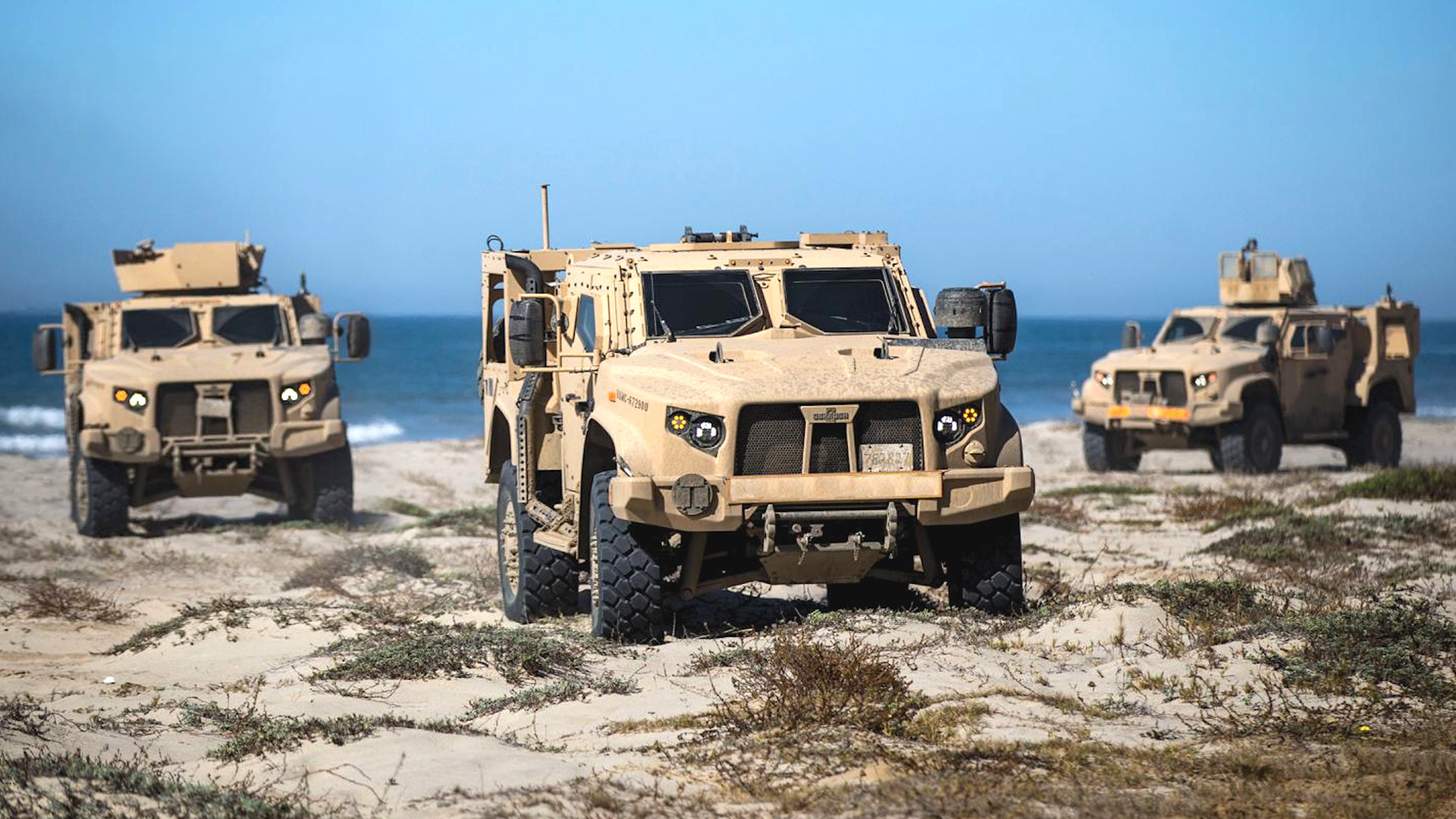
The test “was successful in validating certain technologies and capabilities,” a Marine Corps spokesperson said in a statement to Naval News. “The Marine Corps is investing in technologies to ensure we maintain our competitive edge. Ground Based Anti-ship Missile redefines the battlespace for our adversaries and ensures that we maintain our competitive edge.”
The Marine Corps did not give any further details about the test or the launcher, or release any relevant pictures or concept art.
However, the Marine Corps is understood to be exploring a launch system using an unmanned JLTV derivative as part of a program called Remotely Operated Ground Unit Expeditionary-Fires (ROGUE-Fires). Concept art of that vehicle shows a JLTV chassis with a launcher based on the one used in the M142 High Mobility Artillery Rocket System (HIMARS). HIMARS is mounted on a 6×6 Family of Medium Tactical Vehicles (FMTV) truck chassis.

The HIMARS launcher is currently able to fire 227mm guided artillery rockets, pre-loaded in six-round pods, as well as the Army Tactical Missile System (ATACMS) quasi-ballistic missile, only one of which can be made ready to fire at a time. The system would have sufficient space to accommodate pods loaded with multiple NSMs and it has been suggested as a potential ground-based launcher option for those missiles in the past.
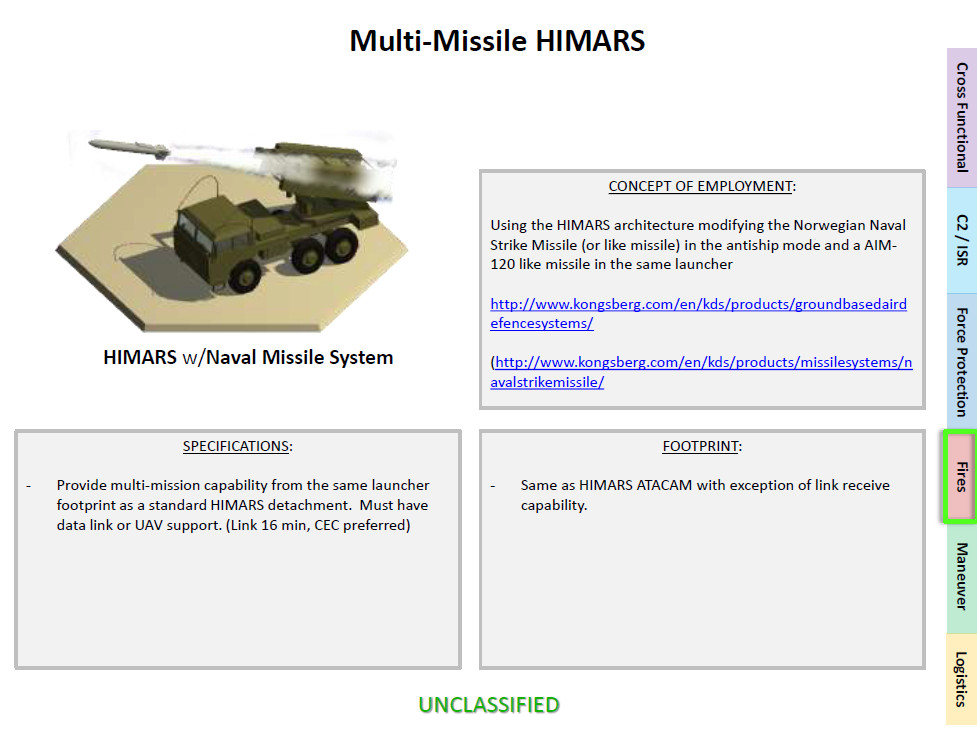
At the annual Modern Day Marine Expo in 2019, JLTV-manufacturer Oshkosh had also unveiled a version of that vehicle with a six-round launcher for the UVision Hero-120, a loitering munition, also commonly known as a “suicide drone.” Since retiring their M327 120mm mortars in 2018, the Marines have been exploring loitering munitions as one possible option to help fill the resulting capability gap. You can read more about that effort and UVision’s Hero series of suicide drones, in this past War Zone piece.
The Hero-120 is substantially shorter than the NSM. However, the launcher still offers a view of what a manned JLTV-based launcher for that missile might look like, at least to some degree.
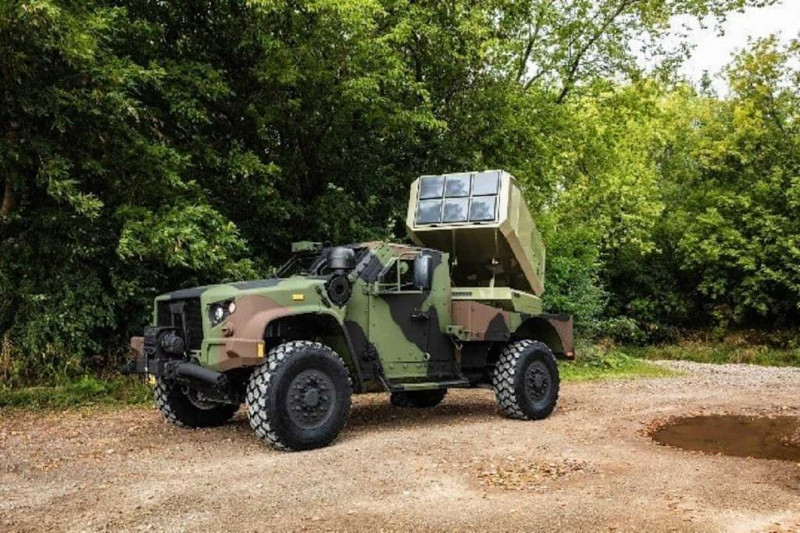
Norwegian defense contractor Kongsberg, which developed the NSM, has long offered its own ground-based launcher option that can hold up to four containerized rounds at a time. However, these have more commonly been seen on larger trucks, such as the Army’s 10-wheeled Palletized Load System (PLS) truck.

Regardless of the exact configuration of the launch platform, a ground-based NSM launch is a core component of the Marine Corps’ current future warfighting concepts. Last year, the service unveiled a plan to dramatically reshape its entire force structure, cutting back on various traditional capabilities, including eliminating all of its M1 Abrams tanks, in favor of new capabilities, including longer-range ground-based anti-ship and land-attack missiles. The NSM, which you read more about in these past War Zone pieces, has a secondary land-attack capability already, which makes it a highly flexible and versatile weapon.
The Marines, with a particular eye toward a major potential future island-hopping conflict in the Pacific region, want units to be able to rapidly set up forward bases with ground-based missile batteries, among other capabilities, to challenge enemy ground and naval units. The idea is for those same units to have the ability to relocate just as quickly to make it more difficult for opponents to react and to reduce the vulnerability of friendly forces to counterattacks. You can read more about this concept, known as Expeditionary Advance Base Operations (EABO), in this previous War Zone story.
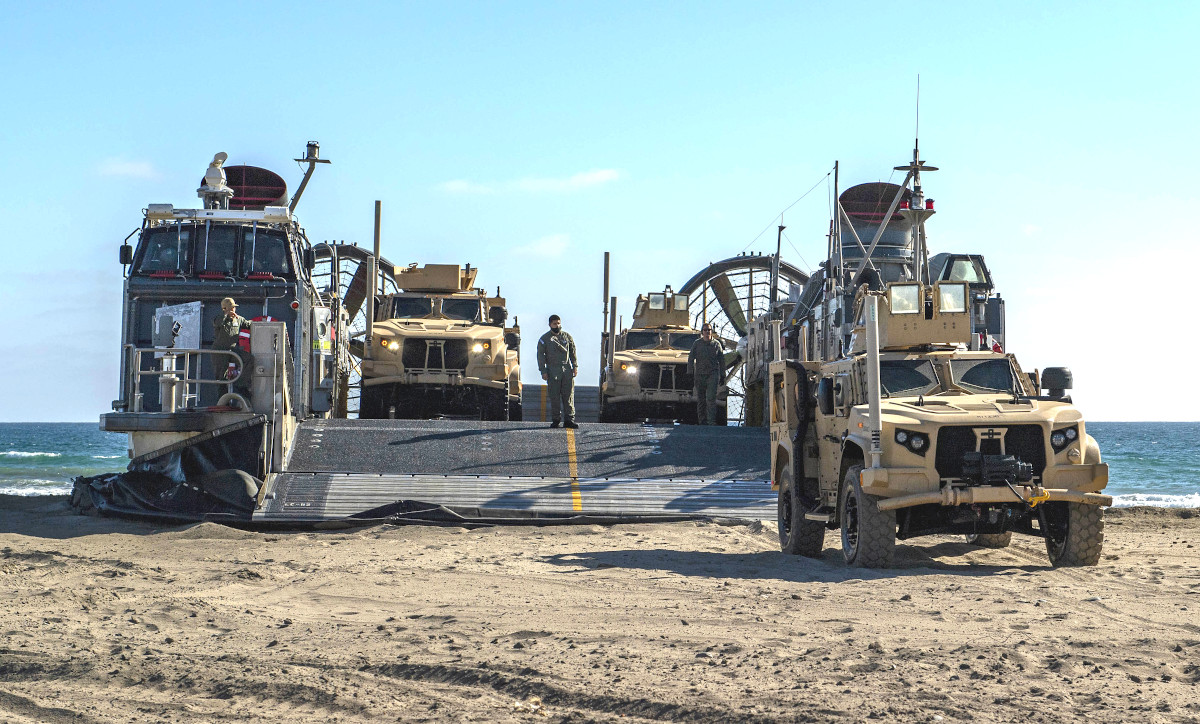
The Corps is now looking to craft at least new Marine Littoral Regiments, which will be organized around the EABO concept, in and around the Pacific by 2030. The service is also looking at how these units could contribute to potential conflicts in and around Europe and the Middle East, as well.
“Its [the Marine Littoral Regiment] focus is on those capabilities that enable the naval force by contributing to sea denial in support of fleet operations,” Marine Corps Brigadier General Benjamin Watson, the head of the Marine Corps Warfighting Laboratory, said during a virtual event hosted by the National Defense Industrial Association last week. “So it’s a unit that’s designed to be lethal first and foremost, on land or at sea and from the land to the sea, to operate in distributed small units that are low signature and to bring capabilities that enable the larger naval or joint force, particularly in contested or a denied degraded environment.”
Ground-based NSMs are an essential part of future Marine units’ ability to help support sea denial missions. Having mobile, readily deployable launchers to fire those missiles are another key part of that equation.
With the test last year, the Marines have taken an important step toward turning the concept into reality.
Contact the author: joe@thedrive.com
